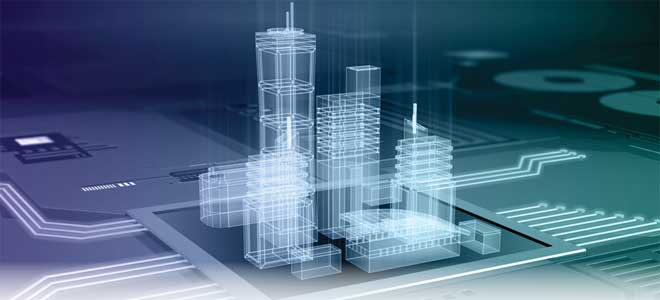Buildings, infrastructure, and other physical structures that make up our communities are built by the AEC (Architecture, Engineering, and Construction) industry. Digital technologies, mainly digital prefabrication, have disrupted the industry in recent years. Prefabrication is making it easier to design and build buildings and other construction projects with digital technology.
AEC professionals can also create more innovative and sustainable designs with digital prefabrication with less waste. Digital prefabrication is transforming the AEC industry and setting it up for better efficiency, cost-effectiveness, and sustainability.
What do you mean by digital prefabrication?
With the use of digital prefabrication, buildings may be designed and created using off-site manufactured and on-site assembled components. It is a brand-new approach to construction made feasible by developments in digital technology like 3D printing, CAD software, and CNC equipment.
Compared to conventional methods, this building approach has a number of benefits, such as enhanced accuracy, lower labour costs, increased safety, quicker construction timeframes, and greater design flexibility. Construction is being revolutionised by digital prefabrication, which also gives architects new ways to design distinctive buildings with lesser waste.
What is the impact of digital prefabrication on the AEC industry?
With the rise of digital prefabrication, the AEC (Architecture, Engineering, and Construction) industry has undergone a significant transformation. With digital prefabrication, the AEC industry has gained speed, efficiency, cost savings, and sustainability benefits. With the advent of this new technology, project management has changed, from project planning and design to fabrication and construction.
Digital prefabrication enables companies to work together more efficiently and effectively while producing higher-quality results. Besides offering efficiency and cost savings, digital prefabrication also affords AEC professionals the opportunity to experiment with new materials, design styles, and building methods.
Architectural, engineering and construction professionals are able to create components precisely tailored to their requirements using digital prefabrication. This reduces labour costs and increases accuracy while allowing them to collaborate more easily. Aside from reducing waste materials and improving energy efficiency, digital prefabrication also allows for more sustainable construction practices.
The AEC sector is fast adopting digital prefabrication in order to boost productivity and produce products of the highest calibre. Future use cases of this technology are anticipated to increase as it develops and becomes more widely available.
What is the future of digital prefabrication in the AEC industry?
Digital prefabrication will significantly benefit the AEC industry in the future. 3D printing and other digital technology are used in digital prefabrication to create components for assembly on-site, reducing construction time and costs. Many industries, including aerospace, automotive, and medicine, are already using this technology.
Digital prefabrication will revolutionize the AEC industry by increasing efficiency, cost-effectiveness, and sustainability. With its help, architects and engineers will be able to quickly and accurately design complex structures while being able to customize them to meet their needs. Utilizing reusable components for multiple projects will also reduce the waste associated with traditional construction methods. AEC projects will be completed faster without compromising safety or quality standards as a result.
BIM in Digital prefabrication
Building Information Modeling (BIM) and digital prefabrication are two of the most important technologies in the construction industry. Building components are digitally prefabricated using computer-aided design (CAD) and 3D printing. BIM, on the other hand, is a 3D model-based process that provides details about a building's features, materials, and other characteristics.
In order to improve the efficiency of construction projects, digital prefabrication along with BIM are essential tools. With the use of digital prefabrication, contractors can significantly reduce the cost of their projects by fabricating and assembling components on-site. Additionally, BIM services help contractors manage their projects by providing information about the building's features and detailed information about how it will be constructed. In this way, the construction can be planned more effectively and errors can be reduced during the construction process.
During the past few years, the importance of digital prefabrication and modular construction has grown in the AEC industry. With the use of BIM and fabrication, it has become possible to create integrated workflows that can be used by architects as well as engineers to use these technologies.
The digital model would be the finished product in an industrialized production process, and the drawings used in the design phase by architects and engineers would rely more on symbolism and design intent than specifics of construction and fabrication methods.

